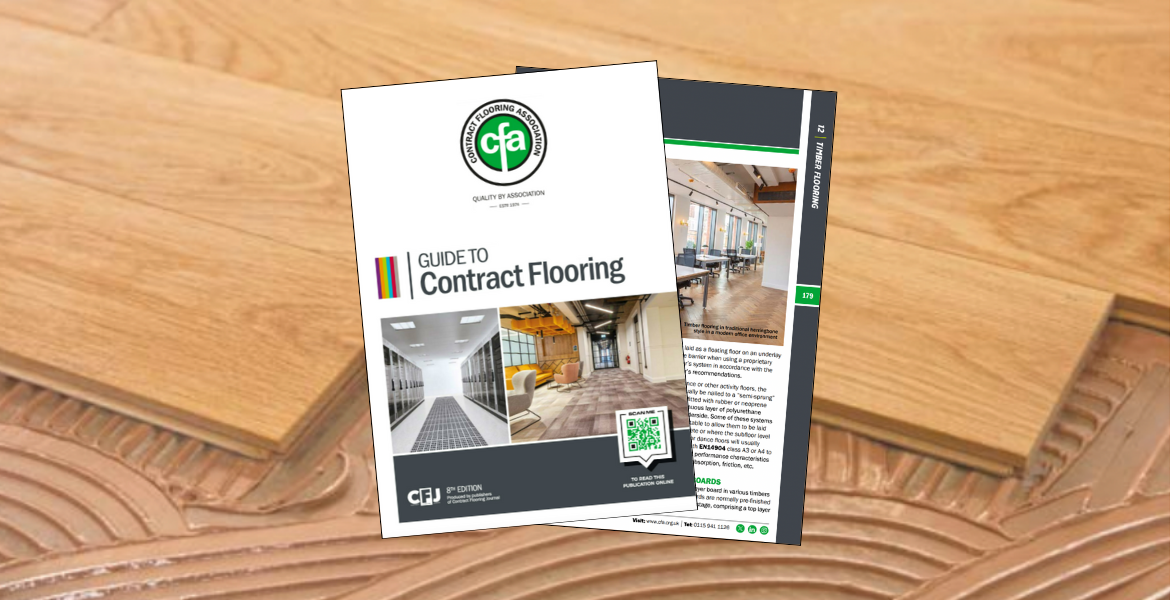
Timber flooring is traditionally one of the oldest forms of flooring which has seen an increase in popularity in recent years. Hardwood flooring is available in many forms, including:
A wide variety of species is available for use as hardwood flooring. When used for flooring, many manufacturers offer different grades depending upon the number of knots and the amount of colour variation. Filler and splits may also be a normal part of some grades. Individual manufacturers must be consulted to obtain specific descriptions for the grades they offer.
Suitability and durability
Different timbers may vary in terms of strength, durability, indentation resistance, etc. However, this alone will not determine if an individual wood floor product is suitable for a particular application. Other factors to consider include the overall thickness of the hardwood (or wear layer for engineered/multi layered boards), the construction of the board (plank, strip, multi-layer, core material, jointing method), and the type of surface finish.
Any consideration of the finish will need to include the type and frequency of maintenance, and costs of ownership for the client. The manufacturer will advise upon the suitability of their individual product, its anticipated life span and any guarantees and warranties which are available.
Availability of wood species
Manufacturers offer a wide variety of timbers and those most readily available in the UK include oak, beech, maple, ash, walnut and cherry. Some tropical and “exotic” species are available including mahogany, teak, iroko, keruning, and jatoba.
However, some of these are becoming increasingly difficult to obtain due to scarcity and growing demands from clients that timber must come from managed and sustainable sources.
It is not uncommon for contractors, manufacturers and specifiers to adopt a similar policy. There are a number of accreditation schemes which have gained wide acceptance. The best known of these includes:
Both offer certification schemes which extend from forest to installation, and both include the need for regular audits to ensure compliance.
Further information on timber flooring is available in the CFA Guide to Contract Flooring.